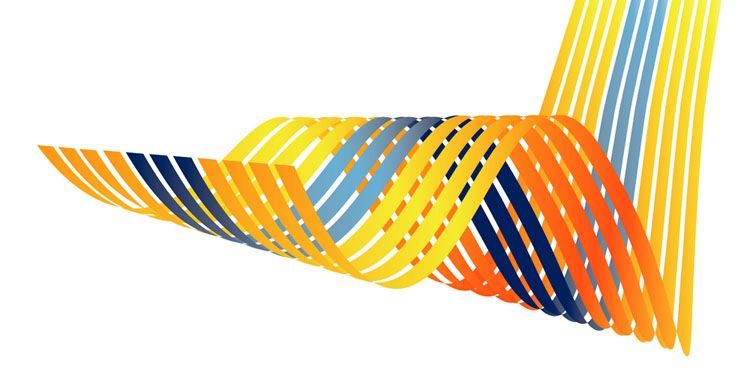Click on the FLAG for your LANGUAGE >>>

Muscle tear / Whiplash
What is a muscle tear?
A whiplash is a large or small tear in a muscle. It can occur in any muscle, but most often in the calf. A rider can get a whiplash in a thigh muscle when his horse bucks, a car accident or a nasty fall can cause a tear in a wide variety of muscles. A muscle tear is a relatively common injury and often occurs during sports such as sprinting or during a push-off. In athletes, this injury often occurs in the calf muscles, in the muscles at the front of the thigh (the m.quadriceps) or in the muscles at the back of the thigh (hamstrings).
- There is a small or large tear in a part of the muscle. In addition to the muscle fibers, blood vessels and lymphatic vessels also tear. Then blood and fluid are released in the leg, which swells and can turn blue.
- There is a sudden sharp pain, right where the tear has occurred. This is a very different pain than a muscle cramp that is usually recognized. In addition, with a cramp the muscle is rock hard, while with a whiplash the muscle feels soft.
- Swelling may occur after some time, depending on the severity of the tear. A bruise may also occur. This again depends on the severity of the tear. The bruise is often not at the site of the tear: the blood that exits through the torn blood vessels sinks between the tissues due to gravity to a lower place.
- There is a limitation of movement. Raising the foot, walking, standing on tiptoes, hopping, running and jumping are usually completely impossible or only with a lot of pain.
- There is loss of strength in the affected muscle.
- A palpable or even visible cavity or groove may have developed at the site of the tear.New paragraph
The best solution for the treatment of acute trauma,
is the Deep Tissue Laser. That gives a fast recovery!
What are the causes?
ADDRESS
PhysioQuesada
Station Ave. 35
03176 - The Crispin [Algorfa]
(Free parking)
T 0034 - will follow asap
M 0031 - 653669587
fysioquesada@outlook.com
OPENING HOURS
- Monday
- -
- Tuesday
- Appointment only
- Wednesday
- Appointment only
- Thursday
- -
- Friday
- Appointment only
- Saturday
- Closed
- Sunday
- Closed
All rights reserved | Disclaimer | Privacy | Website by Internetbureau Doetinchem FrankBrinks.nl




